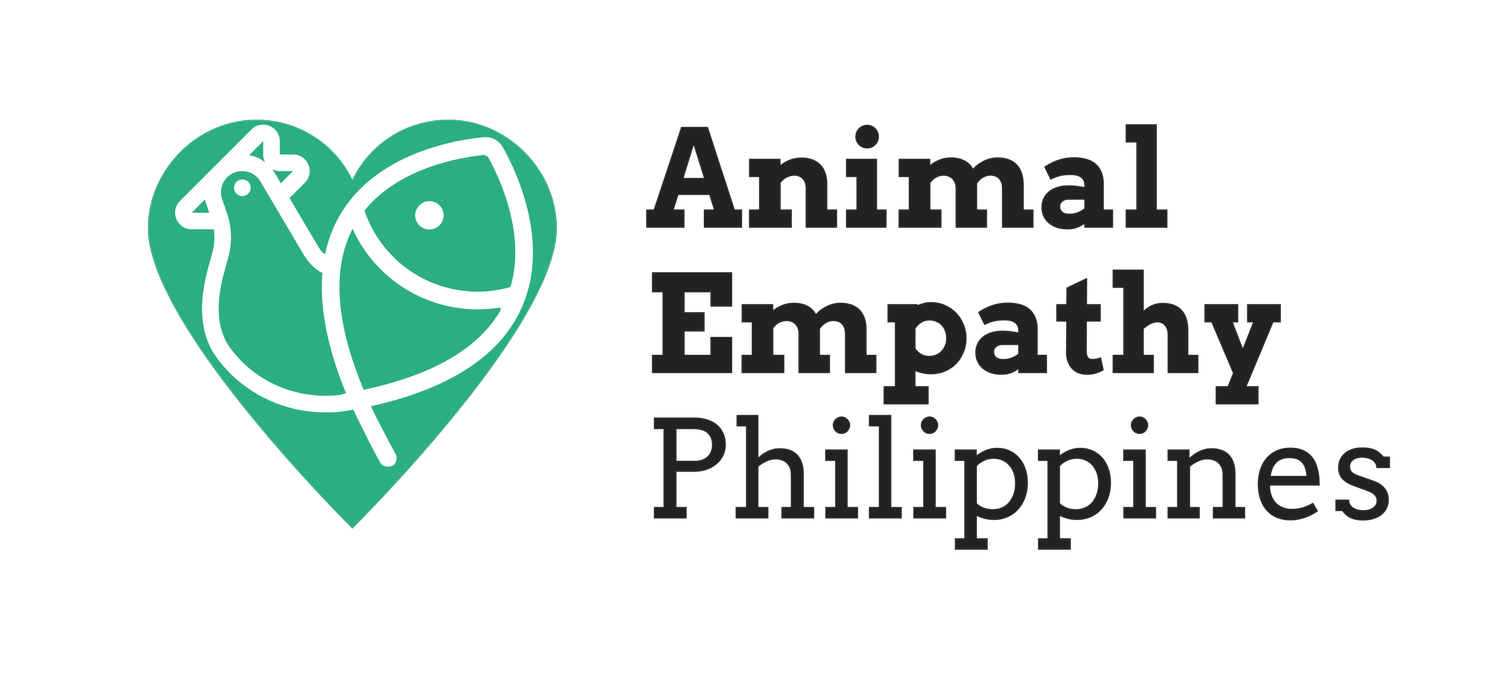Anthropomorphism and Animal Empathy
Written by Zian Bonoan
an·thro·po·mor·phism the attribution of human characteristics or behavior to a god, animal, or object.
The term “anthropomorphism” was first used by the Greek philosopher Xenophenes to describe people’s tendency to project human attributes onto their deities. Gods who were believed to be mighty and ever-powerful were also described to be subject to human emotions like happiness, anger, or jealousy. Just as their wrath can erode entire civilizations, their love can rebuild new ones. With what can only be described as unfathomable entities, even our gods can’t escape the anthropocentric lens we view the world through. This is to say that we have a natural tendency to seek similarities to non-human animals and inanimate objects [1]. From the way we clothe our pets to the moving and talking fruits on children’s television shows, anthropomorphism is everywhere. We name our plants, cars, hurricanes and sometimes go so far as to assign certain personalities to them.
However, anthropomorphism goes well beyond the identification of human characteristics. It also strongly influences the way we treat these anthropomorphized objects and animals [1]. In the story of “The Giving Tree”, for example, the generosity and love the tree so readily afforded to a man who exploited it evoked feelings of sadness and pity from the reader. Hearing a dog cry out in what we would interpret as an expression of pain would also elicit a sense of alarm and need to aid the animal.
Illustration by Zian Bonoan
How can anthropomorphism play a role in animal welfare?
“Perhaps the most important implication of anthropomorphism is that perceiving an agent to be human renders it worthy of moral care and consideration” [2]
Surely if anthropomorphism can encourage empathy to non-humans then perhaps it is worth using it to normalize their appropriate treatment especially in places and industries where they are not usually afforded this.
A study by Schobin et al. was done to observe university students’ food choices through displaying the main component of each dish in an anthropomorphized image for one group and a non-anthropomorphized image for the other. Their aim is to develop an intervention that is less intrusive to people’s choices by not constraining it, but providing a structure that nudges them towards more environmentally sustainable choices. Their findings suggest that students were less likely to choose beef and chicken meals when the visual display on the menu was anthropomorphized.
It is in cases like these where anthromoporphism can be used in favor of animals and to develop a consciousness and moral concern for their wellbeing.
How can Anthropomorphism be harmful?
However, there is also reason to believe that the anthropomorphism of animals may do more harm than good in certain cases. There is the danger of misinterpreting their behavior and acting upon one’s false assumptions. This can lead to improper treatment and handling of animals despite good intentions.
According to Mota-Rojas et al. our interpretive biases to psychologically and emotionally connect can deter us from acknowledging an animal’s true emotions, needs, and motivations. An example of this is how despite the efficient ability of dogs to thermoregulate, pet owners still find it necessary to clothe their companion animals. Especially his can lead to a heatstroke and in more severe cases, death.
The misinterpretation of animals can also lead to a false understanding of their natural behaviors particularly among children who are still developing a basic comprehension of the world around them. Media suited for children normally portray animals in an unrealistic fashion. Patricia Ganea et al. studied the effect of anthropomorphism in children’s books to a child’s ability to retain knowledge on the animals present in the story. Children at the age of 5 were less likely to attribute any factual knowledge to real-life animals when presented with anthropomorphized story books. They were also more likely to extend human characteristics to real animals.
In conclusion
Anthropomorphism, or seeing non-humans as human-like, seems to merit an animal or object worthy of empathy and moral consideration. On the other hand, misinterpreting the actions of animals and ignoring their natural behaviors and distinct biological needs can lead to a harmfully misinformed treatment of them.
Illustration by Zian Bonoan
Resources
[1] Servais, V. (2018, December 18). Anthropomorphism in Human–Animal Interactions: A Pragmatist View. Frontiers in Psychology SA. https://doi.org/10.3389/fpsyg.2018.02590
[2] Waytz, A., Epley, N., & Cacioppo, J. (2010, February). Social Cognition Unbound: Insights Into Anthropomorphism and Dehumanization. Curr Dir Psychol Sci. https://doi.org/10.1177/0963721409359302
[3] Schobin, J., Haefner, G., & Leon, A. K. (2022, March 10). Frying nemo? Experimental evidence on anthropomorphism, animal ethics, and food choice. Elsevier. https://doi.org/10.1016/j.appet.2022.105989
[4] Mota-Rojas, D., Mariti, C., Zdeinert, A., Riggio, G., Mora-Medina, P., del Mar Reyes, A., Gazzano, A., Domínguez-Oliva, A., Lezama-García, K., José-Pérez, N., & Hernández-Ávalos, I. (2021, November 15). Anthropomorphism and Its Adverse Effects on the Distress and Welfare of Companion Animals. Animals, 11(11), 3263. https://doi.org/10.3390/ani11113263
[5] Ganea, P. A., Canfield, C. F., Simons-Ghafari, K., & Chou, T. (2014, April 10). Do cavies talk? The effect of anthropomorphic picture books on children’s knowledge about animals. Frontiers in Psychology, 5. https://doi.org/10.3389/fpsyg.2014.00283



